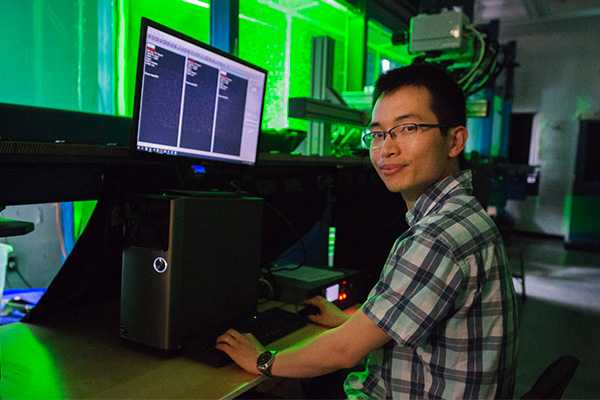The Biopropulsion, Biomimicry, and Bioinspiration Group was founded by faculty members from the Queen’s Department of Mechanical and Materials Engineering, and includes researchers from several universities with diverse expertise.
Comparisons are frequently made between engineered and natural designs. Engineers optimize complex systems and often borrow from nature at the level of a specific organism (biomimicry). Meanwhile, evolutionary biologists work to understand how nature shapes various organisms to maximize their chance of survival within a given environment. An integrated approach to simultaneously working on natural and engineering design problems is expected to provide new insights into evolution by natural selection, while revolutionizing the engineering approach to design optimization (see Figure 1). For example, nature makes solutions that are just good enough to allow an organism to pass on its genes to the next generation, rather than optimal in the engineering sense. However, nature generates species that demonstrate plasticity (real-time adaptation to new environments and pressures), the ability to sustain considerable damage, the ability to transition between disparate environments, and — at small scales — the ability to outmaneuver any engineered vehicle in the air, land, or sea.

By combining expertise and these new approaches, biologists and engineers have the potential to simultaneously gain insight into evolutionary processes and further develop approaches in evolutionary medicine, as well as multimission optimization techniques for engineering, and in the design of unconventional autonomous vehicles. The group’s existing strengths include fluid-structure interaction and unsteady aero and hydrodynamics; design optimization; biomechanics, robotics, and energetics; and biology fluids.
The FEAS members of this group collaborate with and are funded by a broad range of partners, including industry, the North Atlantic Treaty Organization (NATO), the United States Office of Naval Research, the United States Air Force, NRC and the Royal Ontario Museum (ROM).
Faculty of Engineering researchers in this group: